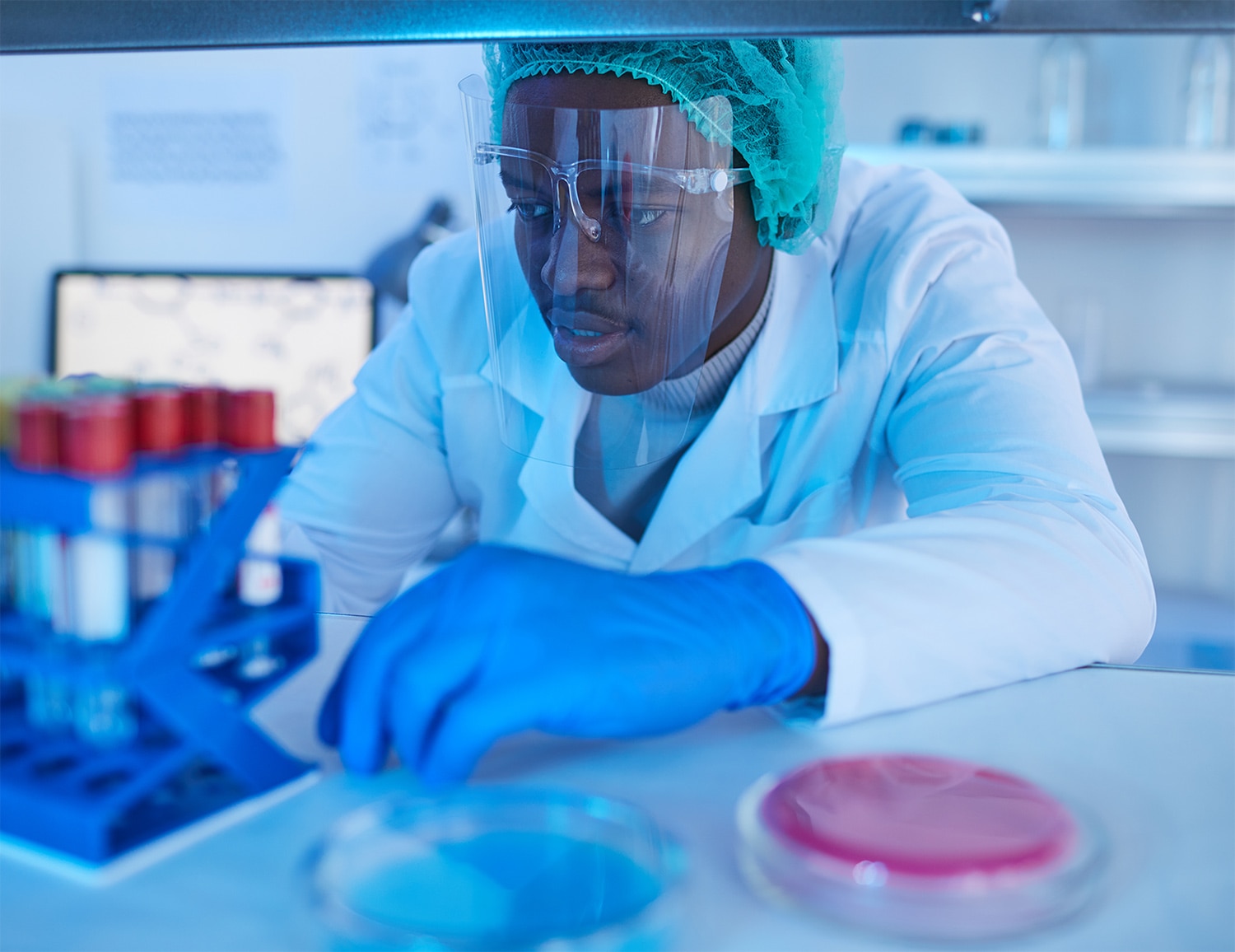MANY PEOPLE WHO ARE AFFECTED by cancer seek to contribute to tomorrow’s treatments by participating in clinical trials, studies in which one or more human subjects are assigned to a treatment to evaluate its effects. For participants, the experience can vary greatly based on what stage of the process the trial is in. There are several distinct phases of clinical research, each designed to answer different questions. Typically, participants only take part in one phase of the study.
Phase 0
10 to 15 participants
Purpose: To confirm a treatment behaves as desired in humans.
When preclinical research yields a promising drug, a phase 0 trial may be used to ascertain whether it behaves as expected when administered to a human. The focus is on how the drug is processed by the body and what effects it has on the body. Doses are very small and only a few are administered, so it is highly unlikely that the treatment will affect the participant’s cancer.
Phase I
15 to 30 participants
Purpose: To find a safe dose and establish the best way to administer the treatment.
A small number of patients are given a very low dose, and then increasing dosages are given to subsequent groups of patients until either the treatment works or side effects are deemed too severe to continue. During this phase, determining whether the drug is safe is prioritized over finding out whether it can treat cancer.
Phase II
Up to 100 participants
Purpose: To find out whether the treatment works.
The dosage and method of administration established by a phase I trial are put to the test in phase II. Typically, everyone receives the same dose in the same way, but participants may be put into different groups to test one dose or method against another. Doctors look for different results depending on the goals of the treatment. In many cases, the goal is that participants live longer after receiving the treatment compared to those who did not receive it. But metrics like the amount the cancer shrank or improvements to quality of life may be used as well.
Phase III
100 to several thousand participants
Purpose: To compare the treatment, or the new way of using an existing treatment, to the standard of care.
Before a new treatment can be approved for use in patients, it is compared against the current standard. Typically, participants will be randomized to either the new treatment or the standard treatment. Placebos are sometimes used, but never by themselves if there is a standard treatment available. If the new treatment is demonstrably more effective or safer than the standard of care, it can be submitted to the Food and Drug Administration (FDA) for approval.
Phase IV
100 to several thousand participants
Purpose: To monitor long-term safety and effectiveness.
After a drug has received FDA approval, it may go through additional testing to determine long-term benefits and side effects. To that end, these trials may span a much longer period of time than previous phases and enroll many more participants. This phase of testing is usually optional, although it may be mandated by regulatory authorities.
Sources: American Cancer Society, National Cancer Institute, National Comprehensive Cancer Network, University of Texas MD Anderson Cancer Center
Cancer Today magazine is free to cancer patients, survivors and caregivers who live in the U.S. Subscribe here to receive four issues per year.





